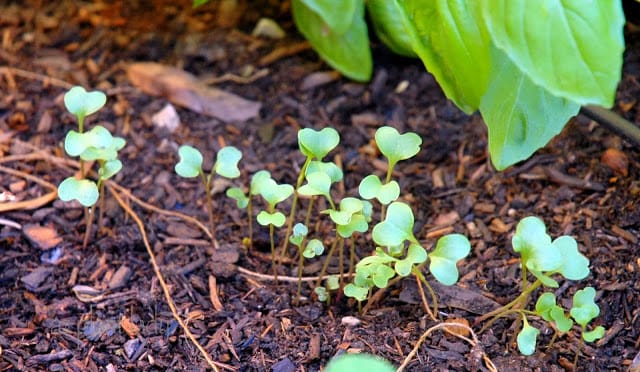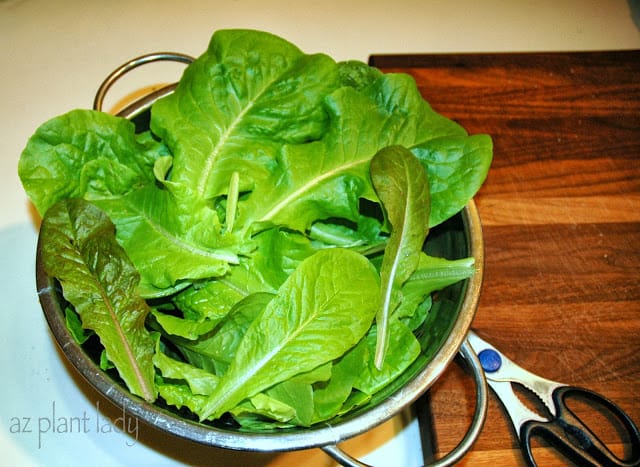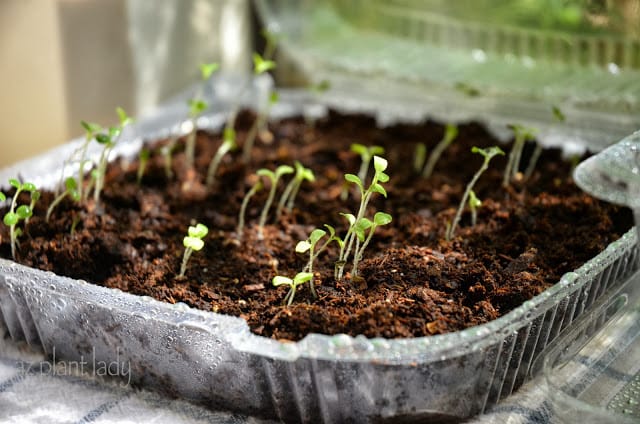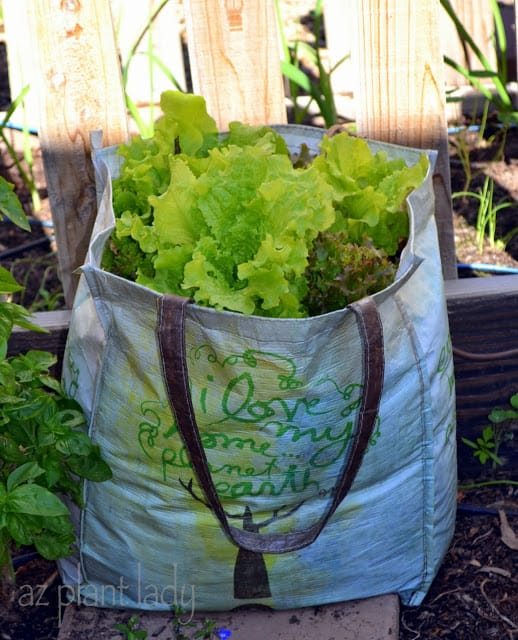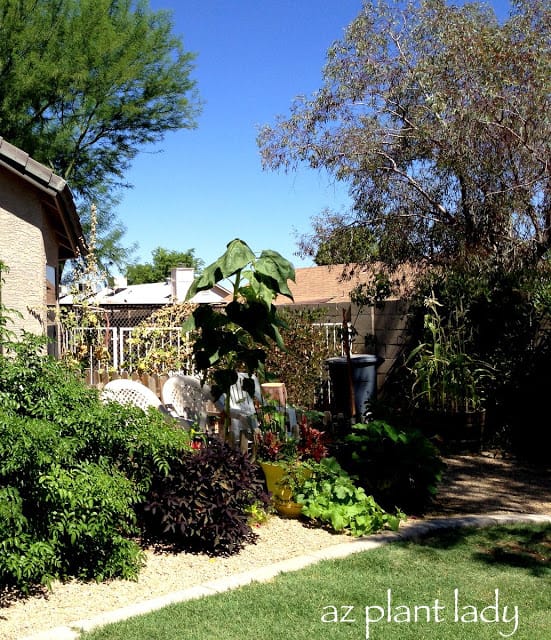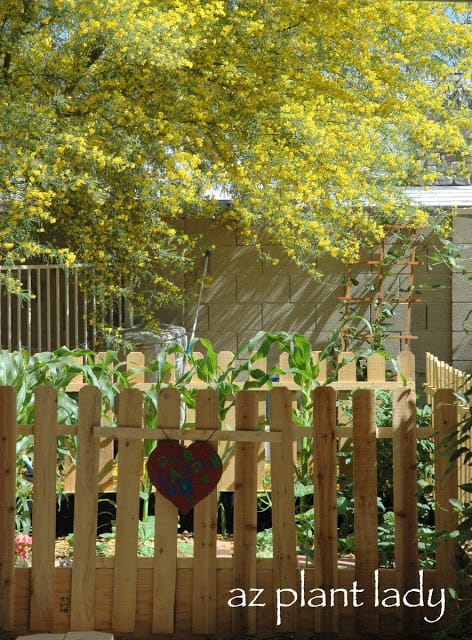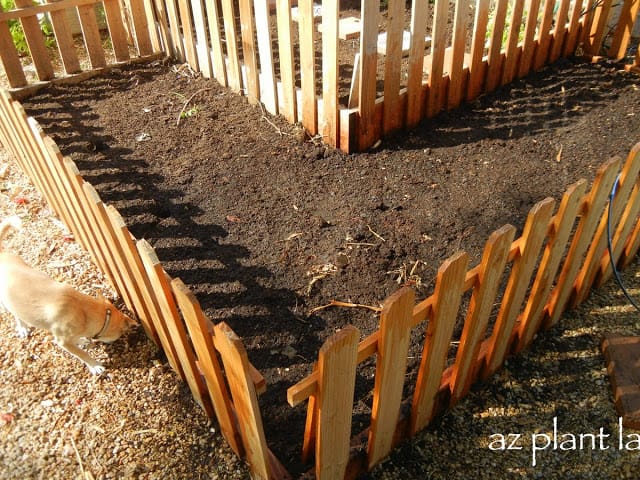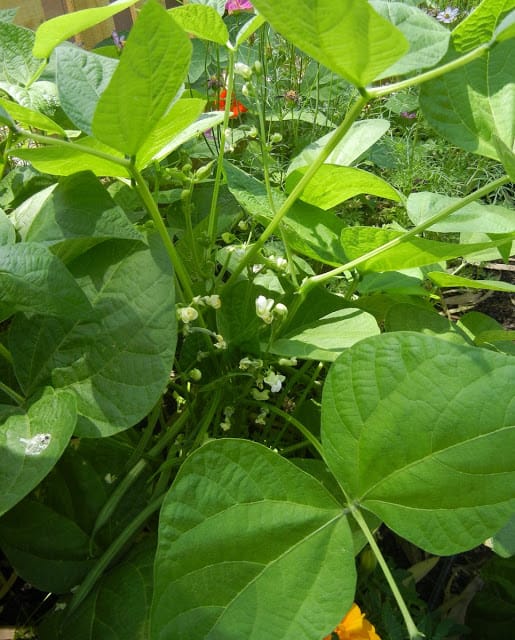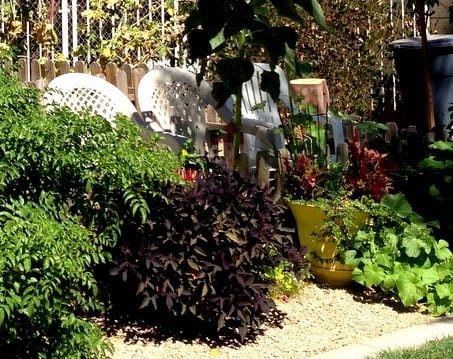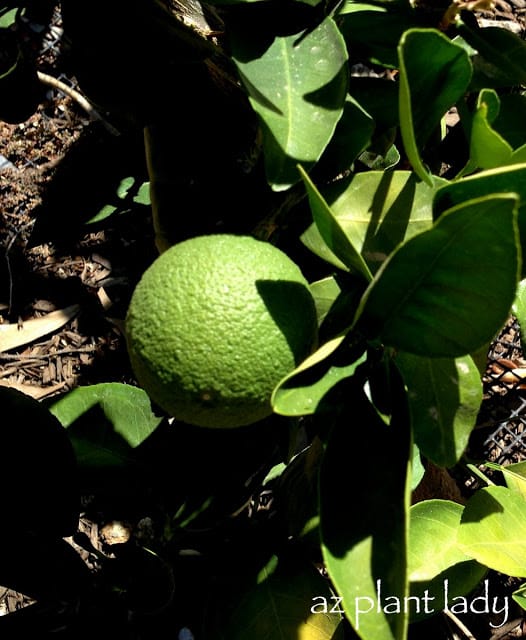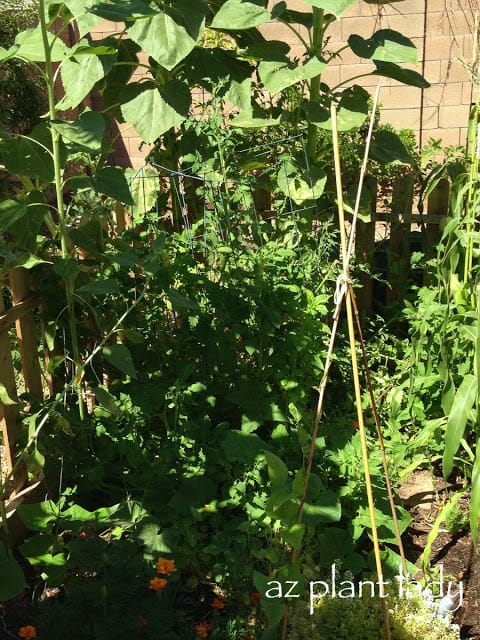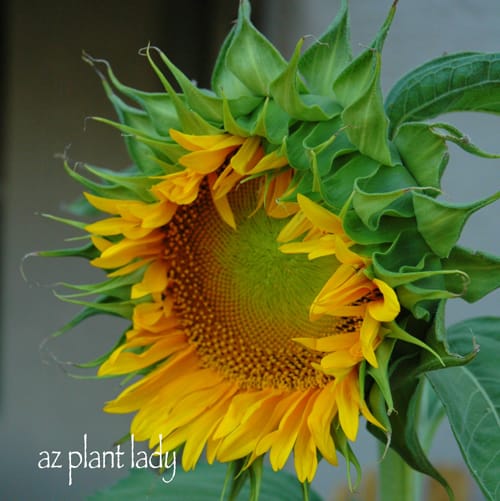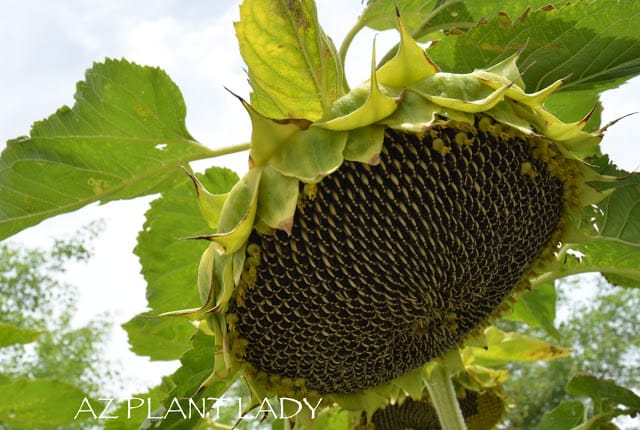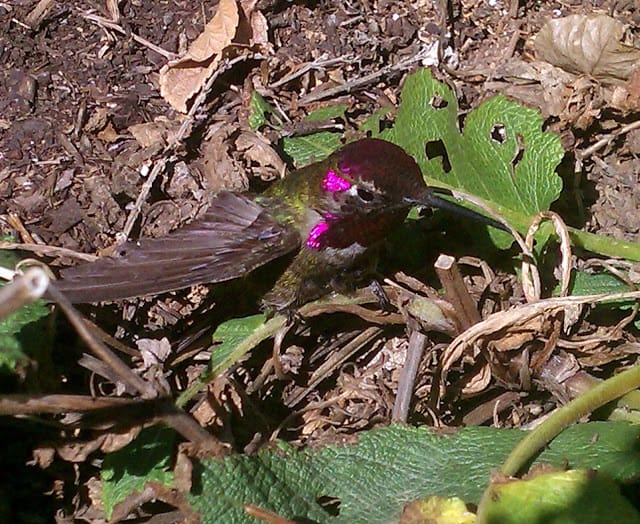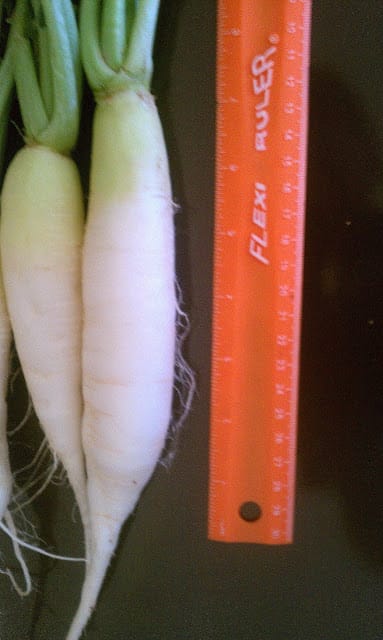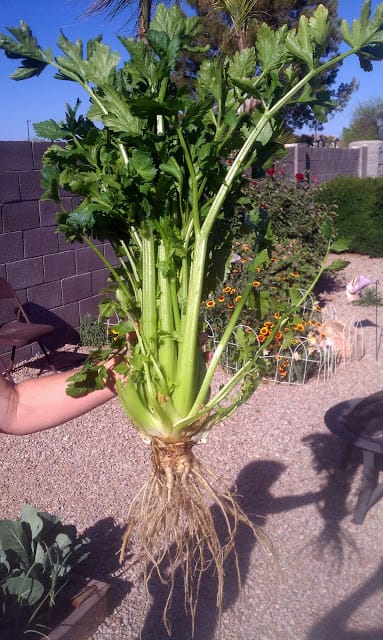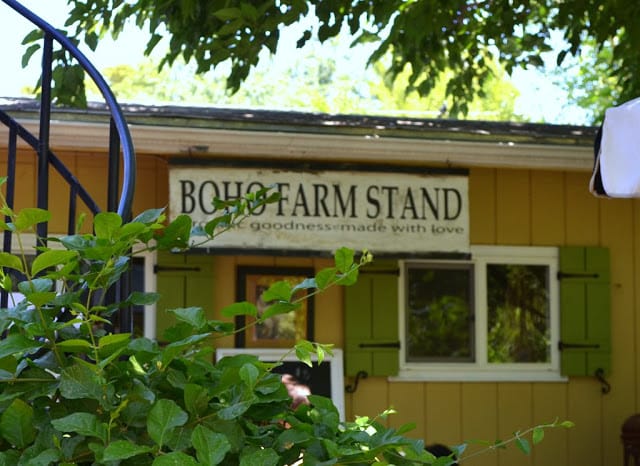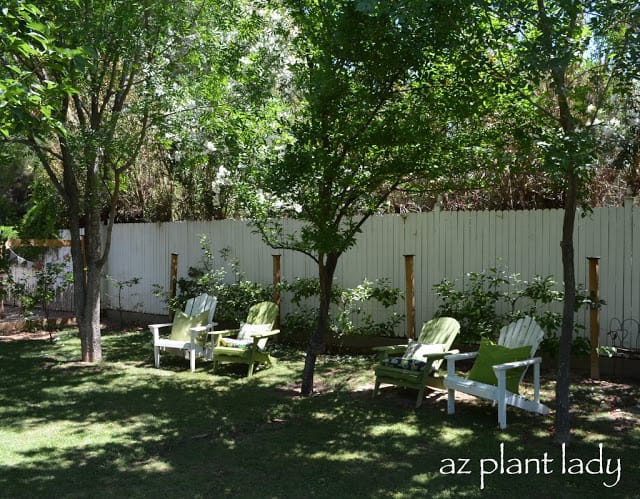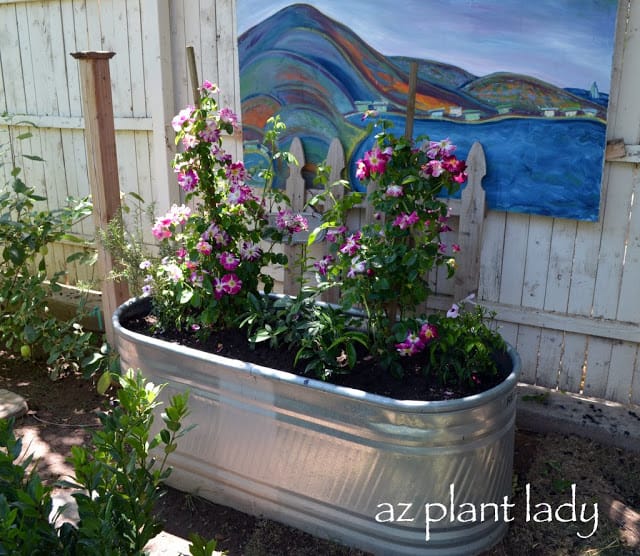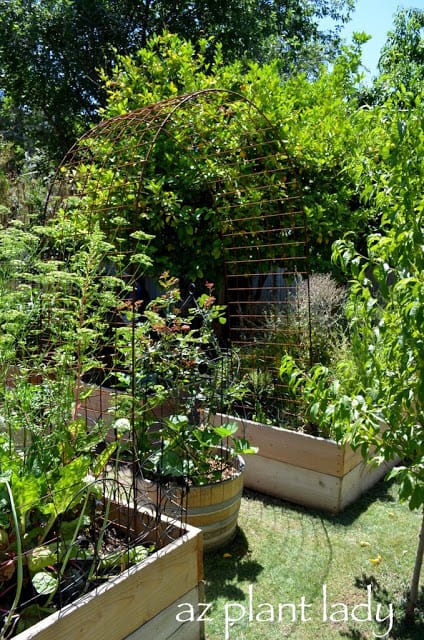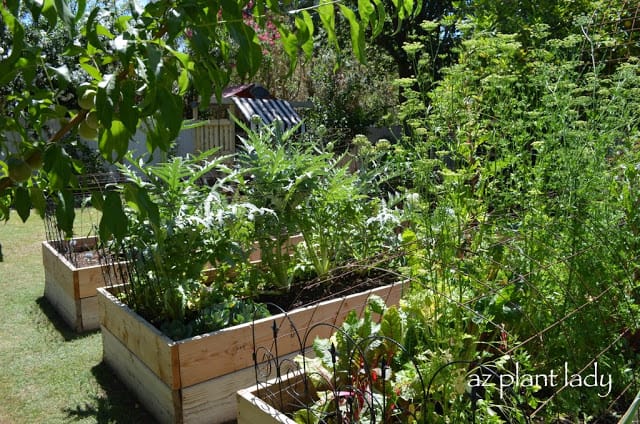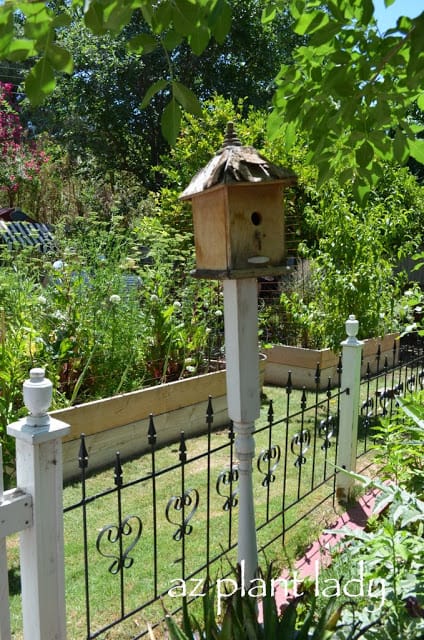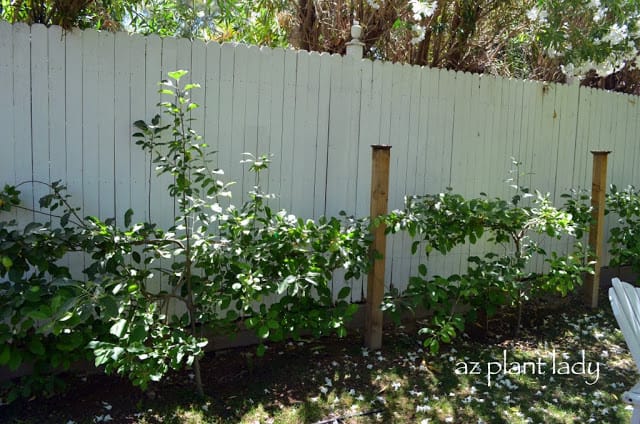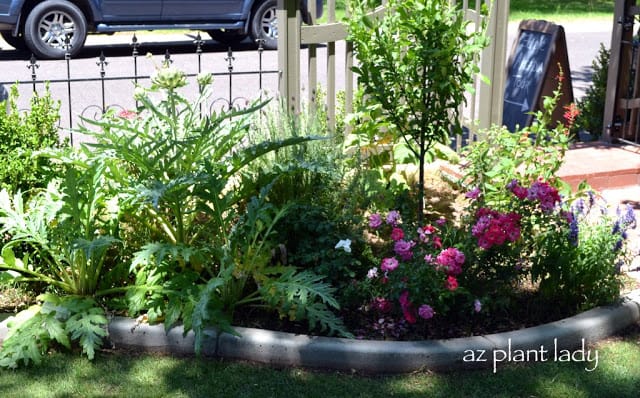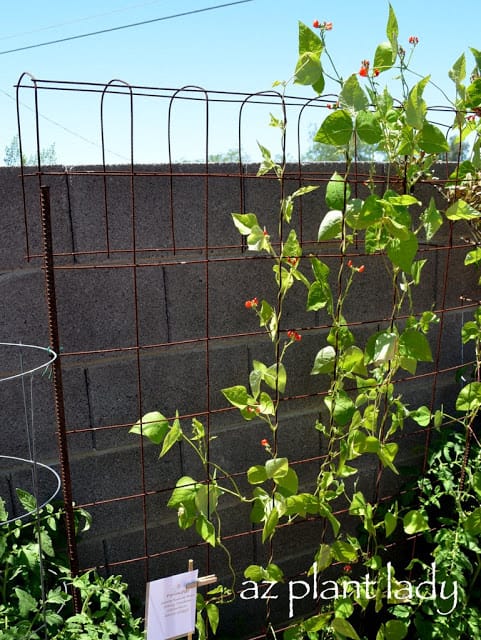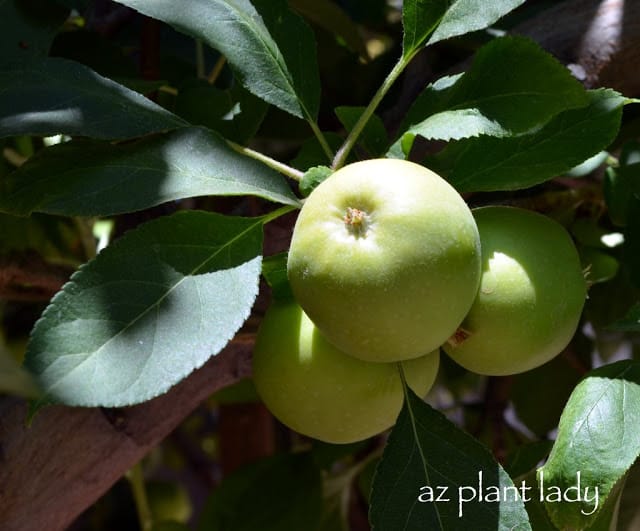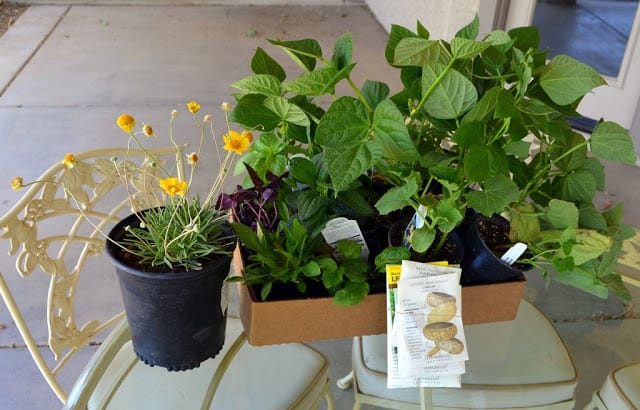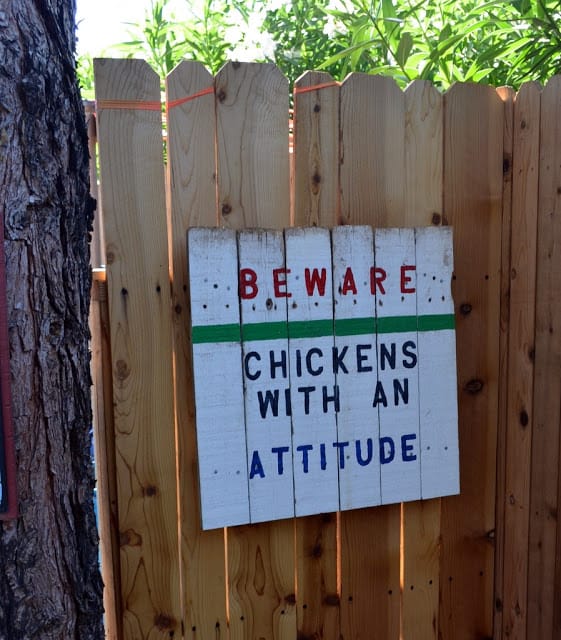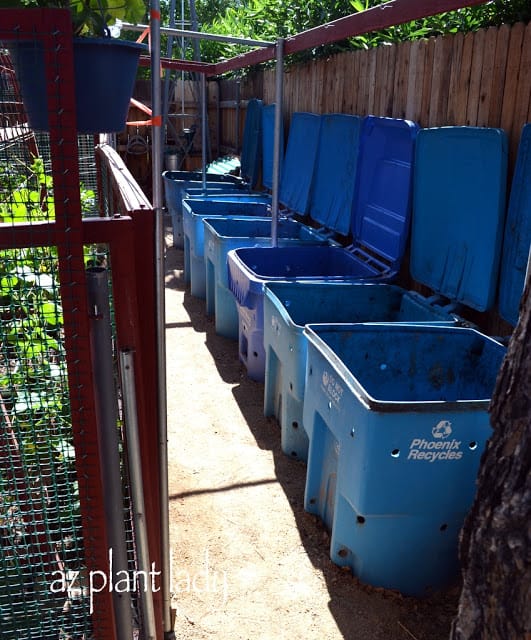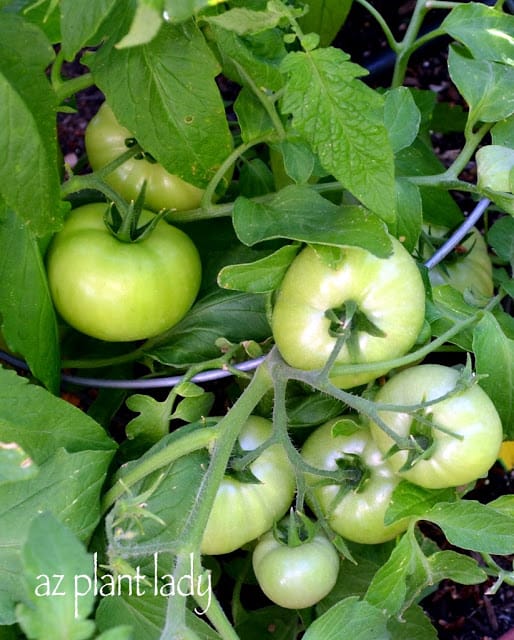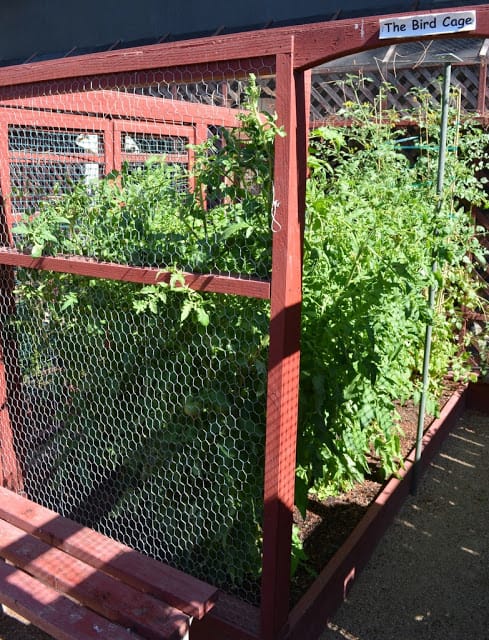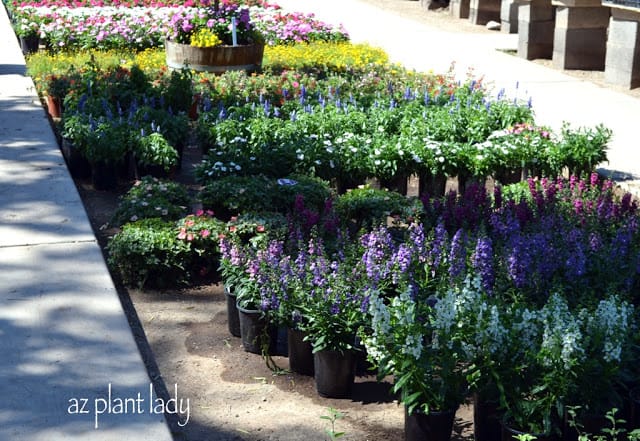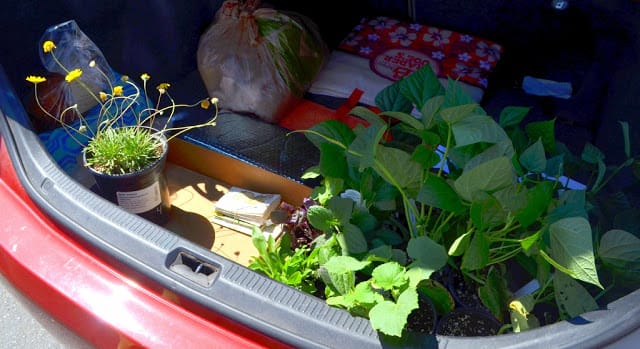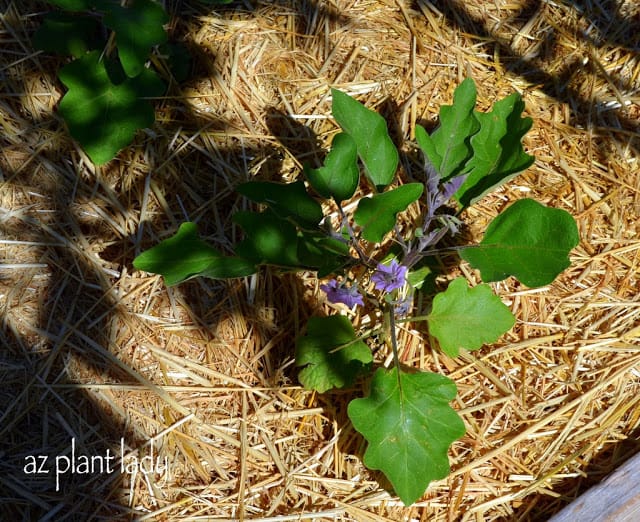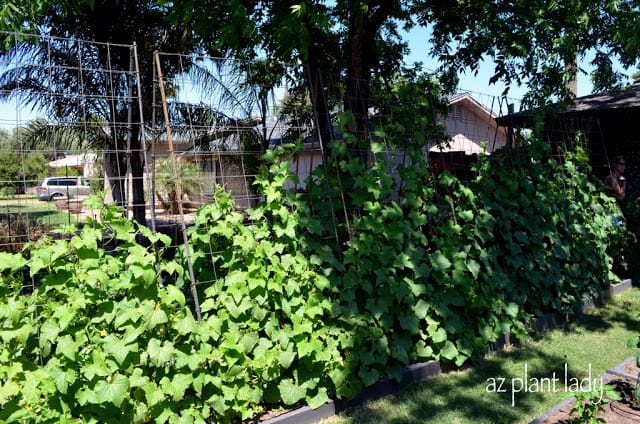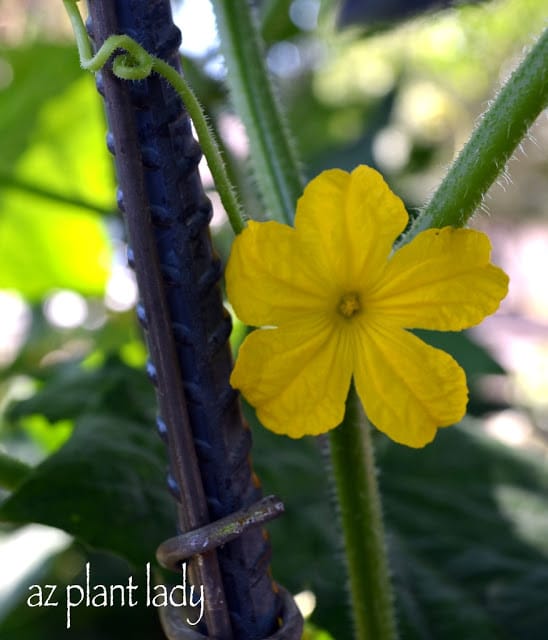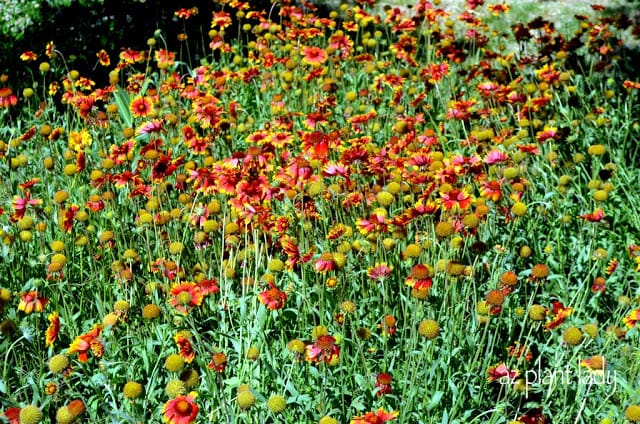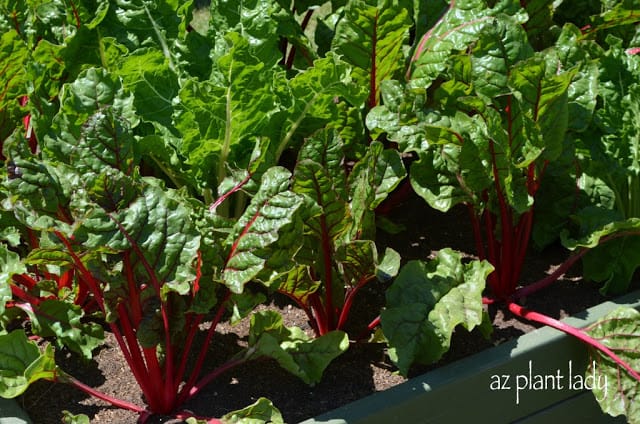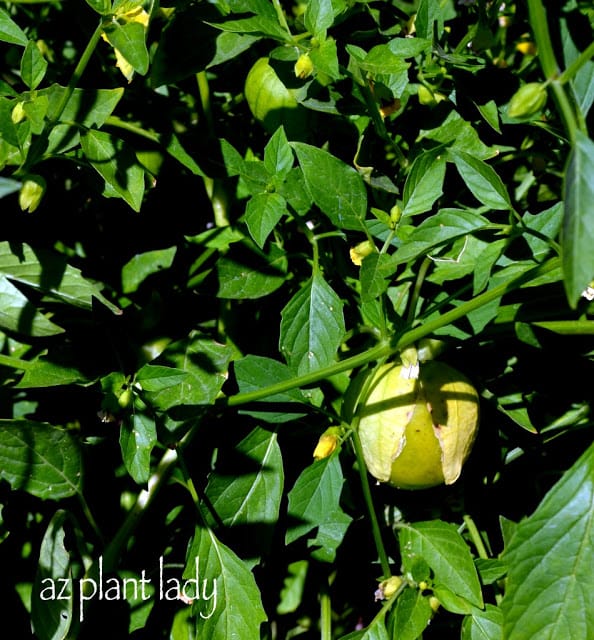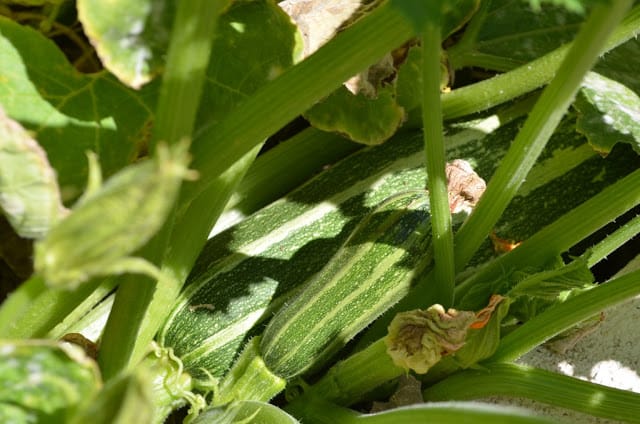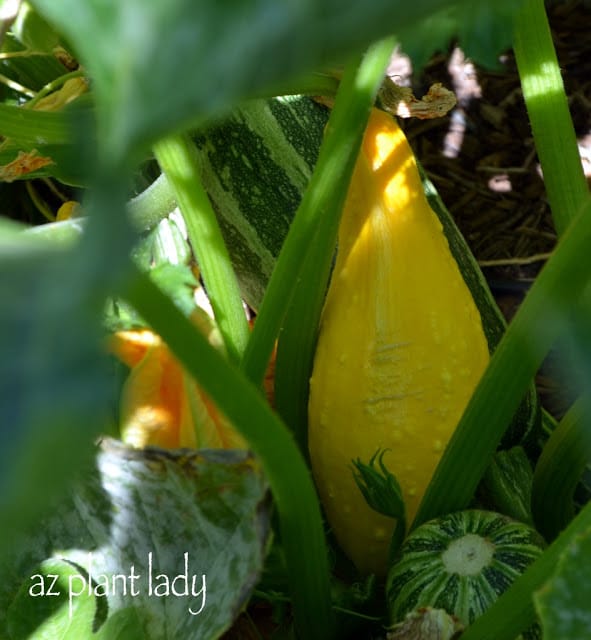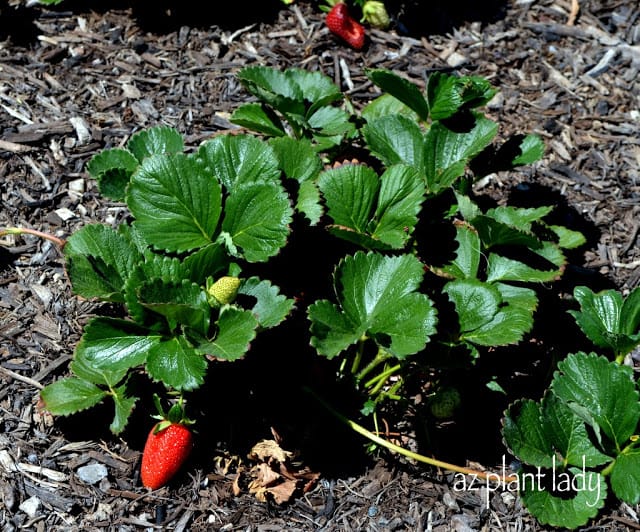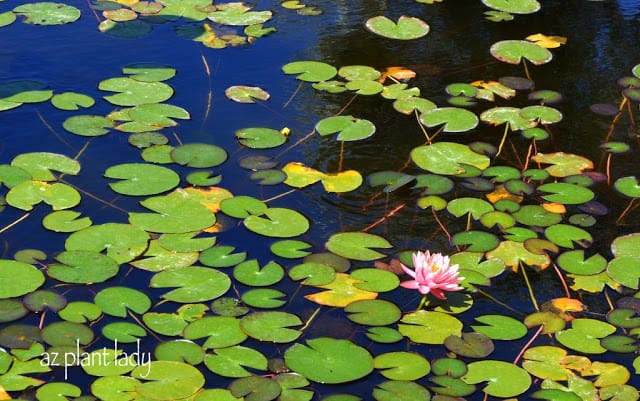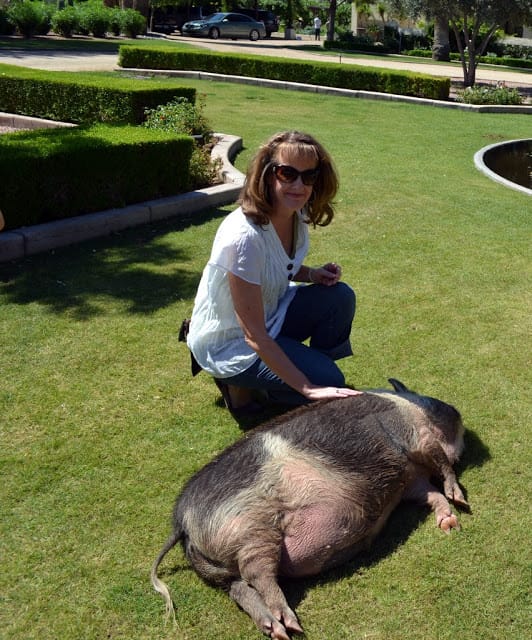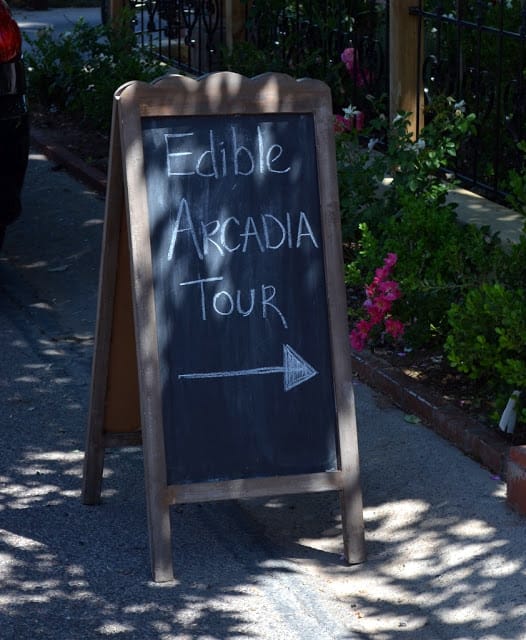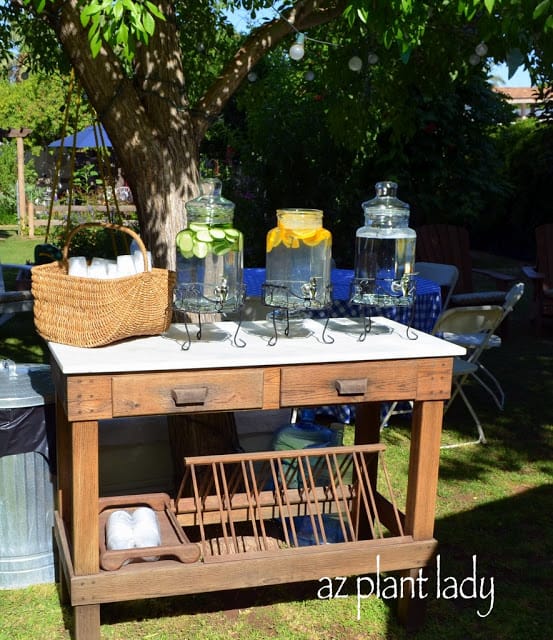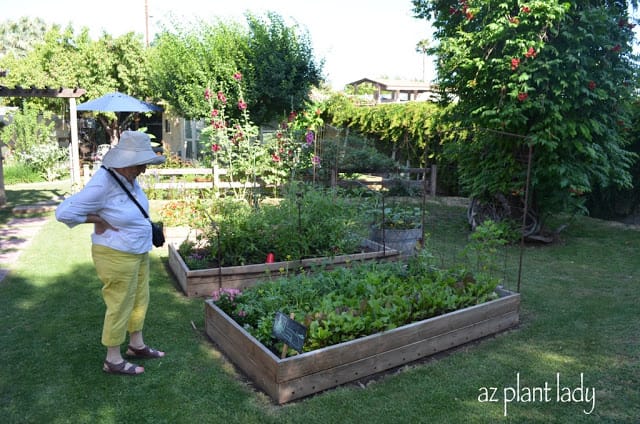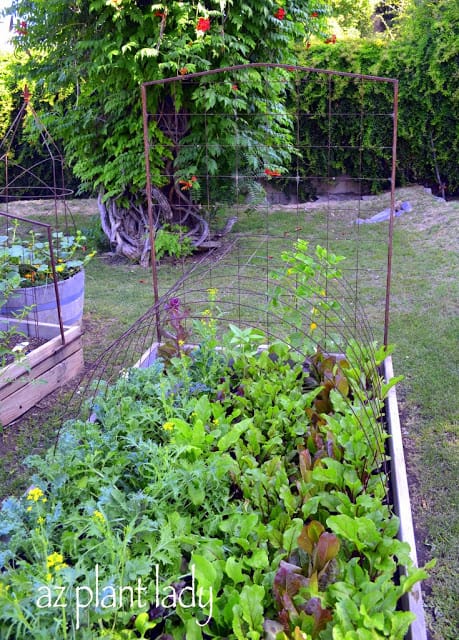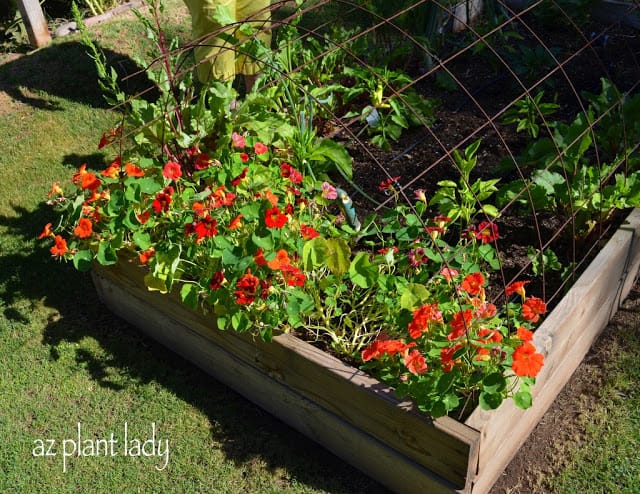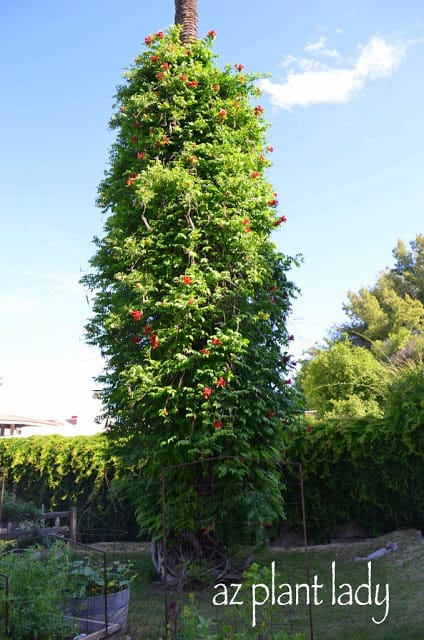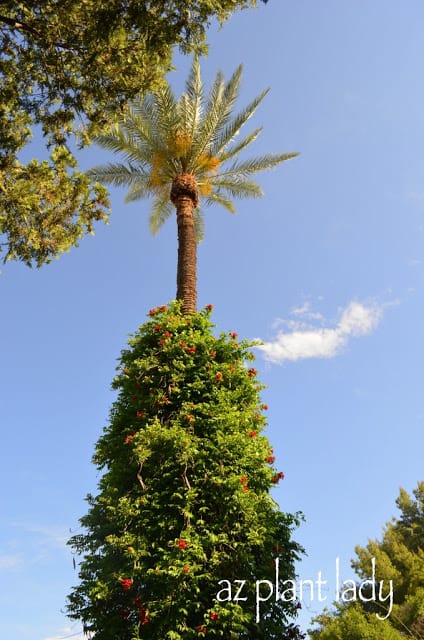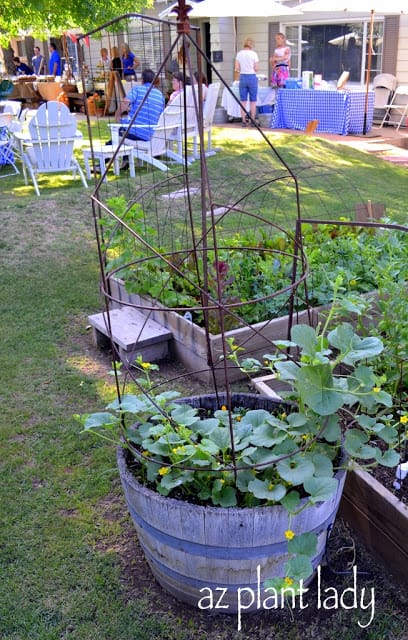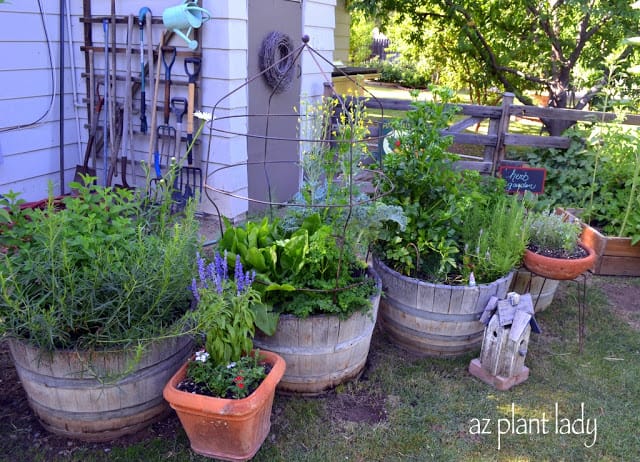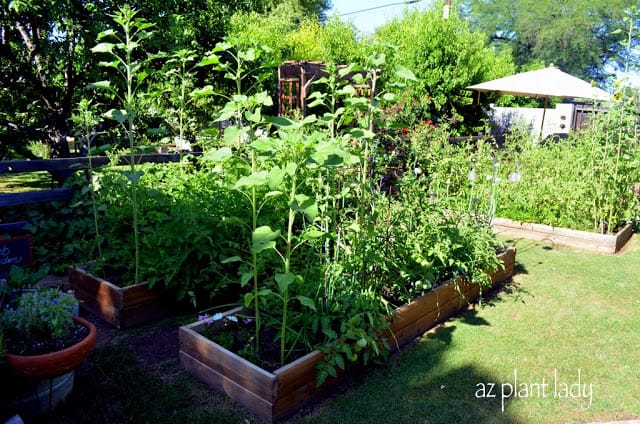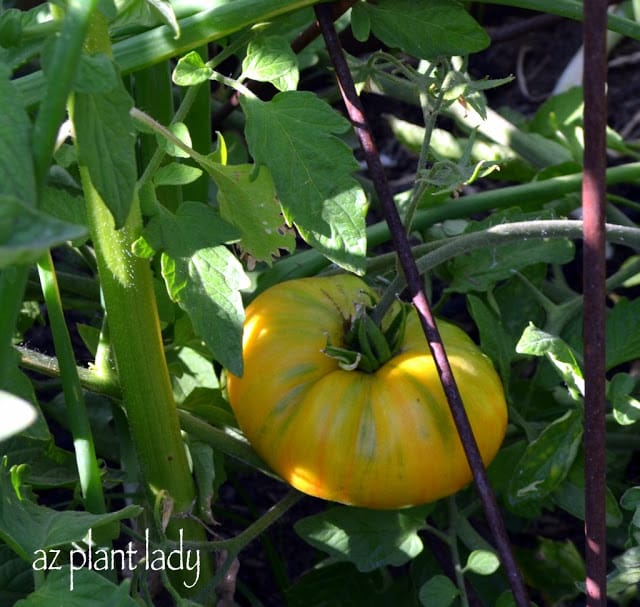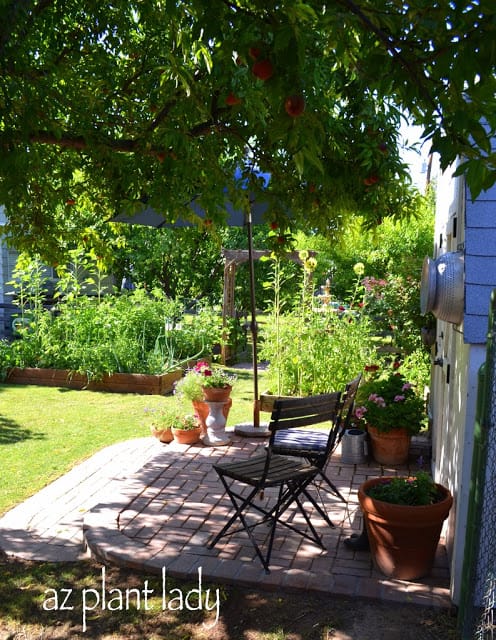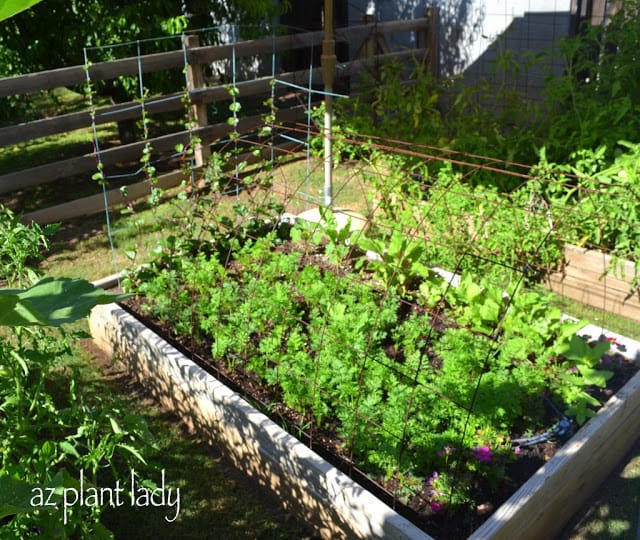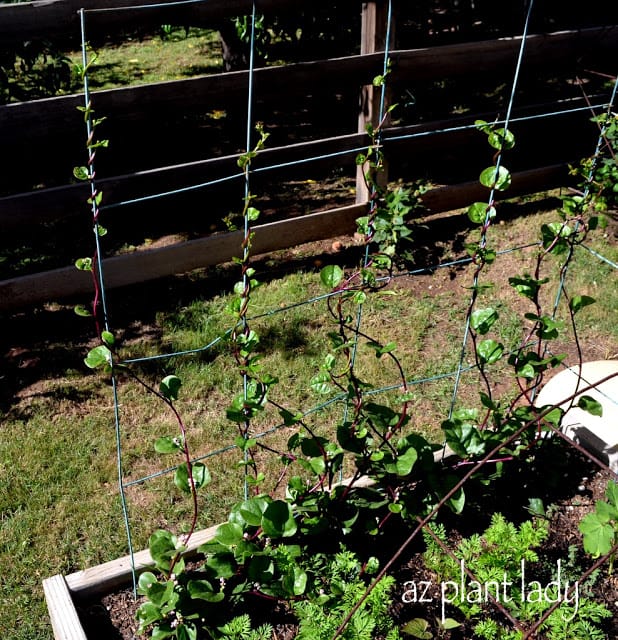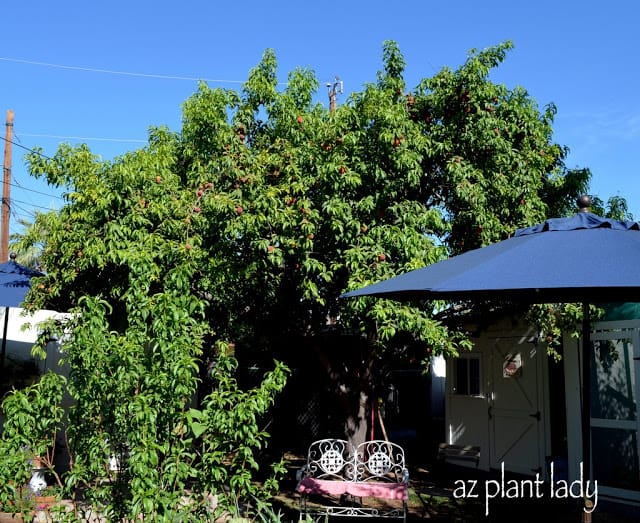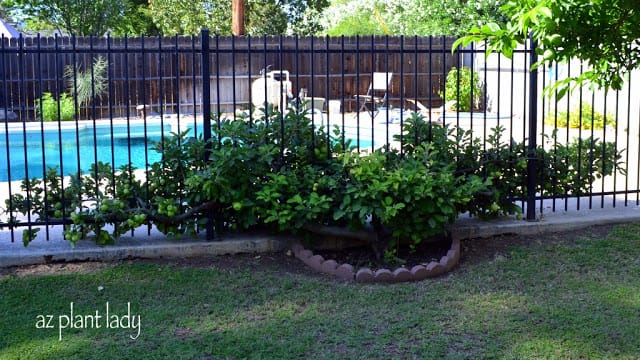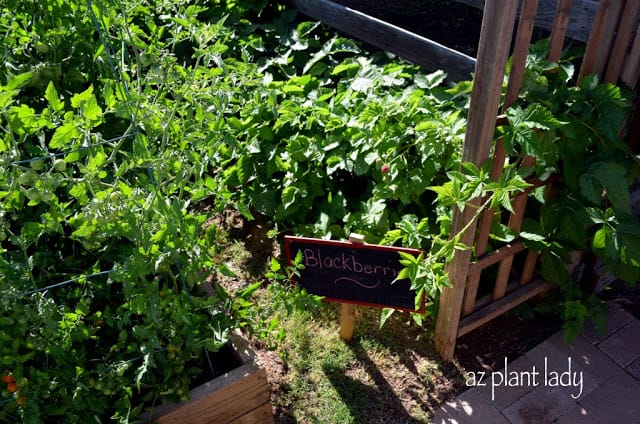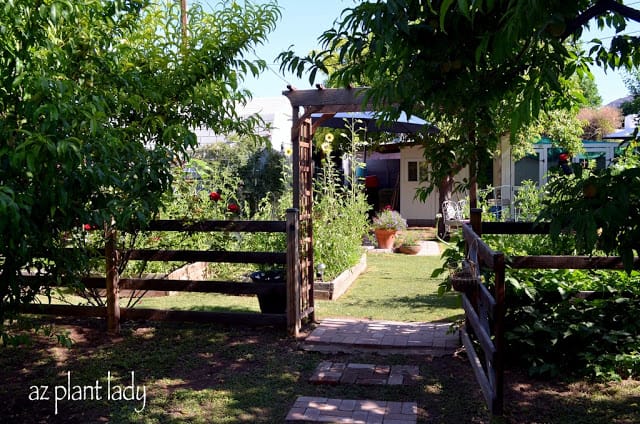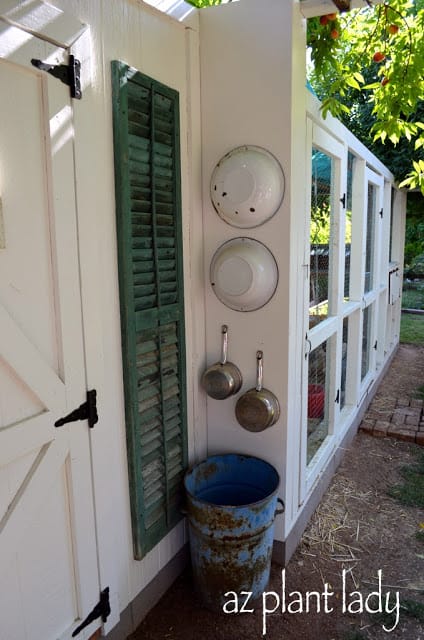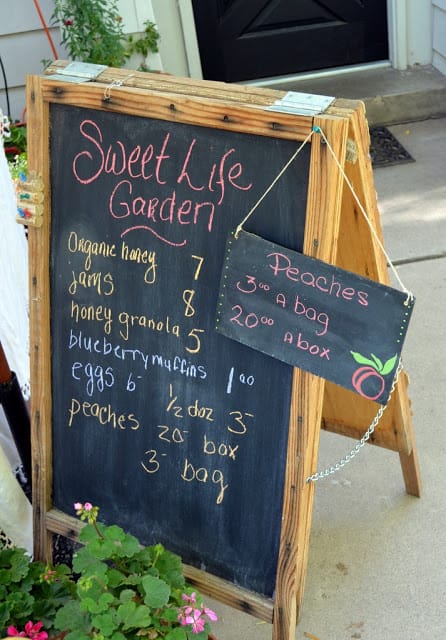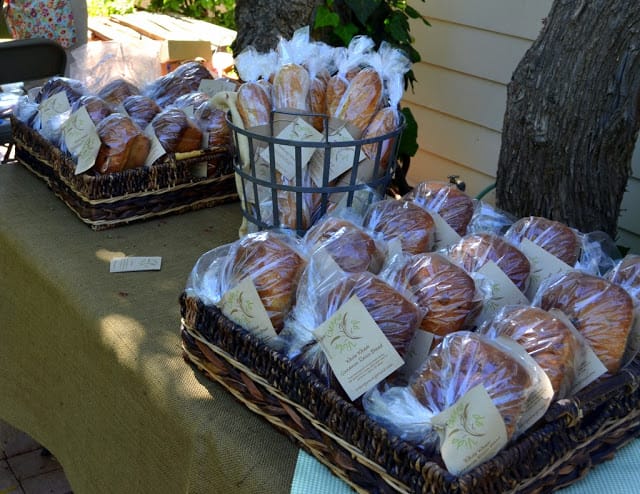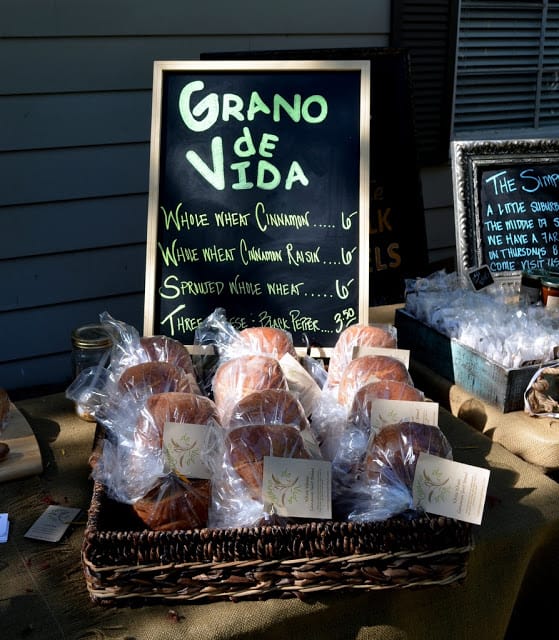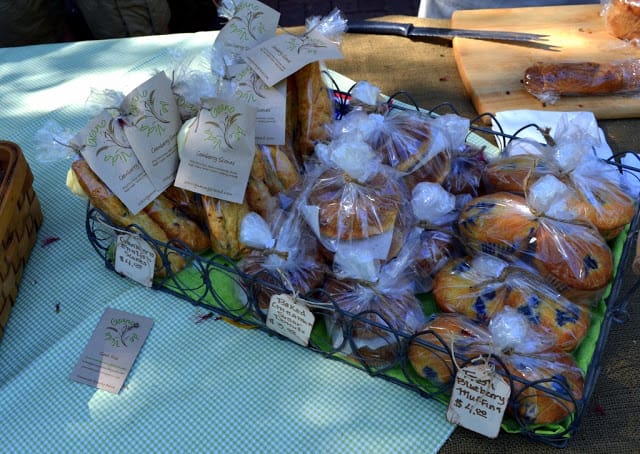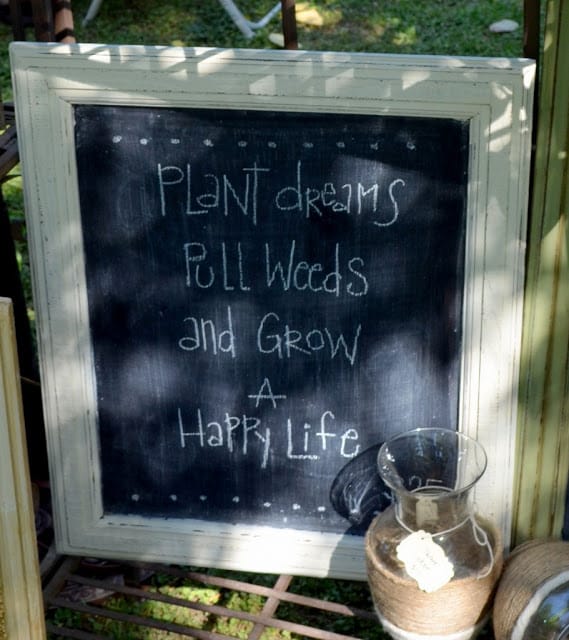Earlier this week, I shared with you the four vegetables that I am growing for the first time this year. I will be sure to share with you how they do as the season progresses.
In addition to my experimenting with new vegetables, I am also growing some favorite cool-season vegetables…
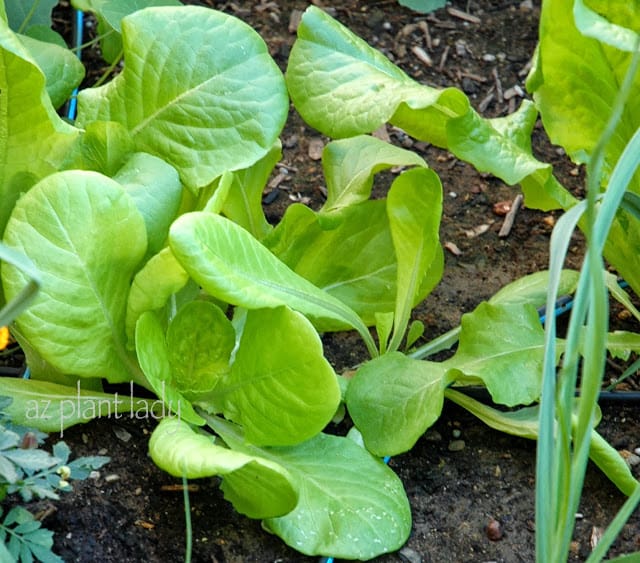
My favorite cool-season vegetable crop is leaf lettuce. I love nothing better then being able to step outside to snip off a few leaves to make a dinner salad.
Once you have tasted fresh lettuce from the garden, there is no going back. Bagged lettuce is a poor replacement.
About 1/3 of my three vegetable gardens are taken up with beautiful leaf lettuce. I like to grow different varieties of leaf lettuce including Romaine, Buttercrunch, Great Lakes and Black Seeded Simpson lettuce.
I usually grow lettuce from seed because it is so easy. It needs temps below 80 degrees to germinate, so October is a good time to plant it.
**Don’t plant all your lettuce at once. Stagger your planting dates by 2 – 3 weeks, so that when your first crop of lettuce is finished (bolting), then you will have more coming up. Because lettuce can be planted throughout the fall, winter and early spring, you can enjoy lettuce until April, if you stagger your planting dates. This is what experienced vegetable gardeners do to prolong their harvest.
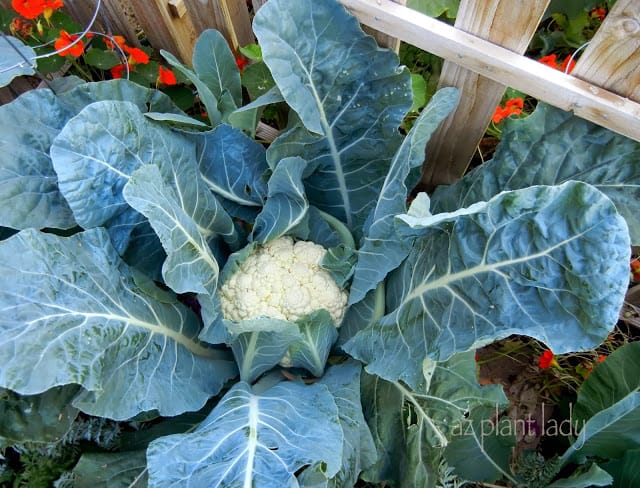
Isn’t this cauliflower beautiful? I grew this one two years ago and made the mistake of not planting any last winter. I’ll never make that mistake again.
I love cauliflower and cut the crown into small 1/4 inch pieces that we sprinkle over our salad – it looks like crumbled cheese and my kids like it.
Cauliflower can be hard to grow from seed, so I use transplants.
**Stagger the planting of your cauliflower as well, so that it does not all ripen at once. For example: I plant 3 cauliflower transplants every 2 weeks until the end of November.
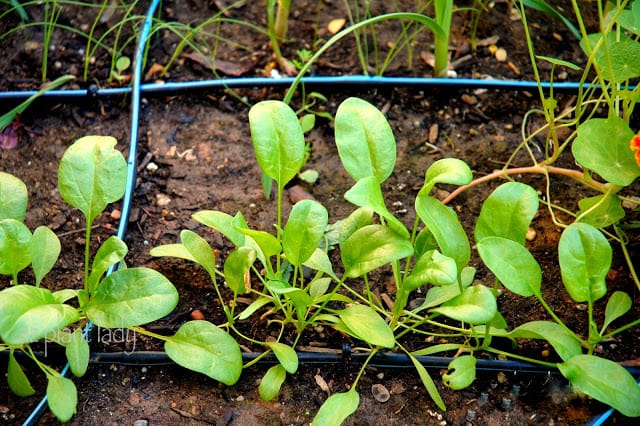
I do not like cooked spinach. But, I do like putting it in salads or on a sandwich.
I have grown spinach from seed and from transplants. It lasts all winter and into spring.
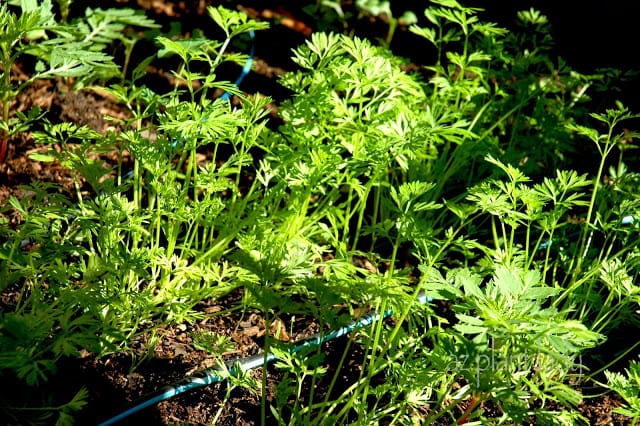
Carrots are a mainstay of any cool-season garden. Because they are a root vegetable, they need to be planted from seed.
**My first year vegetable gardening, I planted all of my carrots at once and was rewarded with an ENORMOUS harvest. We couldn’t eat that many carrots. So, don’t plant all your carrots at once. I recommend planting some every month through February, so you will always have some to enjoy, fresh from the garden
This is the only photo I have of radishes in my garden. I must remember to take one when they are a bit more developed.
Radishes are the easiest vegetable to grow from seed. They come up fast – 3 days after planting the seeds, which makes them perfect for kids to grow.
**Stagger your planting of radishes, just as I recommended for carrots for a continual harvest.
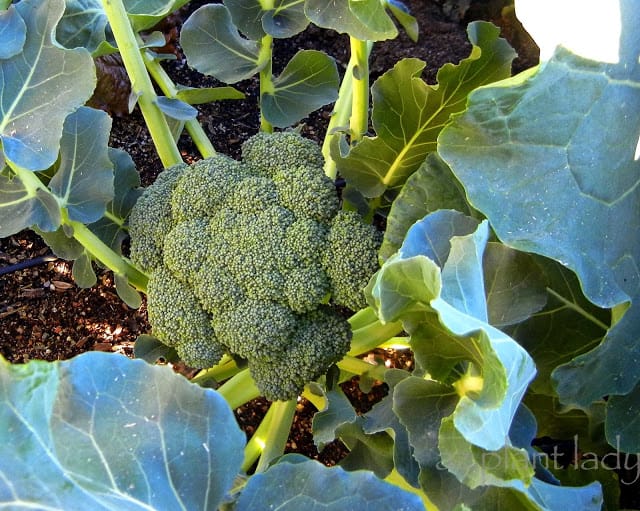
I have a confession to make…
I seem to have problems growing broccoli. I’m not sure why and after each disappointing season, I resolve NOT to grow it again. But, I am trying again this year.
The photo above, is not my broccoli – it my mother’s 😉
**I have only a few broccoli planted now and will plant more through November, for a longer harvest.
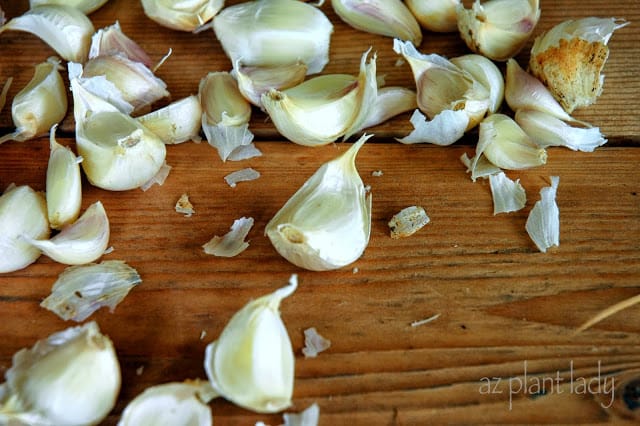
I always plant garlic in October. I haven’t gotten to it yet, but plan to next week.
Last spring, I was happy with my larger then expected garlic harvest.
The last vegetable on my list is onions, which I will plant from onion sets this month as well.
I promise to keep you updated with how my garden grows throughout the season.
I would love to hear about what you are planting and/or what your favorite vegetables to grow are.

